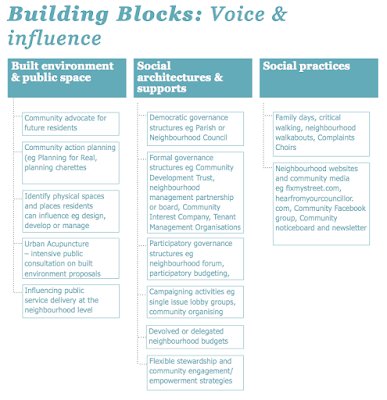In the article that boldly claims to answer "how technology can help us redesign our cities – and lives"
the guardian recently posed the question if the devastation of the British riots last summer could have been tackled earlier or even been avoided.
Space Syntax answers in the affirmative. Space Syntax believes that through their computer-aided analysis they are able to provide information for authorities to predict the location of future social disturbances. This sounds great; although it might be difficult to believe, that their advanced technology has the capacity for doing that. Space Syntax claims that the spatial layout of urban spaces and buildings excerts a powerful influence on people's behaviour: "The way that places connect is directly related to the way that people move, interact and transact". The unrefusable critique of this architectural - or spatial - determinism is that it mitigates other influences on human behaviour like social or economical imprints.Speculatively, with the technology created by Space Syntax the authorities, might become even more effective in monitoring and controling their citizens. On the one hand this might help to better tackle crime and as well informs an approach of
CPTED (Crime prevention through environmental design) but on the other hand there also lies a danger of relying on new technologies as a means of fighting an urban war. In the latter, the authorities and politics lose sight of tackling the real problems and causes. As for the guardian article, I would say that the glorification of technology in the future or also current redesign of our city has to be seen much more critical. In this context there is a thin line between the use of technology as a means to improve urban living and as a means of urban warfare. Our cities will have
smart buildings,
smart grids, and consist of
smart materials. But concepts like
SmartWater that appear to be deriving right out of the last episode of CSI are reality, and I would assume these are opening the doors for further control of urban citizens.











